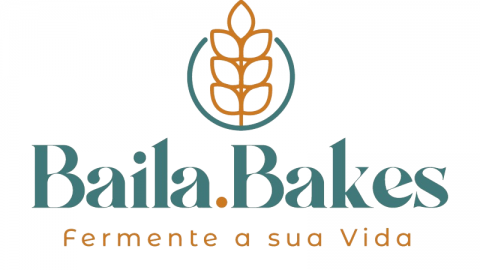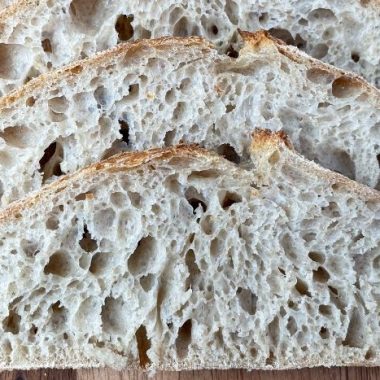Many believe that making natural fermentation breads is a science. Other art. I stand in the middle. You have to be precise, but at the same time you have to use your senses and your creativity.
One thing is true: it takes practice and experience. Develop muscle memory, sharpen your vision to recognize the signs that the mass indicates.
Therefore, many errors during the process are not technical, but due to pure lack of experience.
See too
Using a non-active yeast
To ensure good oven springing and dough development, active yeast must be used. And many people don't recognize the signs of yeast. An active yeast, in addition to growing - doubles or triples - within a period of hours (4 to 8 hours). Therefore, it is not just growing, but growing in a certain period of time. It's good to remember that the longer it takes to rise, the more acidic your yeast becomes. And this will influence the taste of your bread.
There are other signs such as an uneven and bubbly surface, consistency, plus the acidic smell like yogurt, cheese. – almost like something spoiled. But still, nice.
Each yeast has its own composition and characteristics, so it is important to know your yeast and its cycle. Establish a routine to refresh your yeast and recognize your cycle and its signs.

Do not let the dough rise completely
Finding the sweet spot for fermentation is crucial. How to know if the dough is ready to be modeled if you don't recognize its signs? There are some indications: the volume grows from 25 and 50%. the texture changes, it becomes fluffier and less sticky and the dough becomes less extensible. Thus, the edges are more rounded and it maintains its shape more, not spilling over the bowl. But the experience is what will develop your ability and "read" the mass.
Bake ahead of time
Another very common mistake made by beginners is to bake bread before time. In fact, this is an error that is part of the fermentation process that begins with primary fermentation, as mentioned in the previous item.
After being modeled, usually the bread, already in the baneton, goes to the fridge and spends a few more hours. Only then will it be roasted. If the dough is not properly leavened, the bread will have irregular tunnels, dense areas, and a wet, "rubbery" texture. A way that can help you, but it is not infallible is the “finger test” or “poke test”. You press the dough with your finger. If the dough springs back slowly and leaves an impression in the dough, it is an indication that the dough is done. Attention: the dough just out of the fridge is cold and can deceive you. Again, practice will give you the skill to recognize the signs.
There are many other mistakes that can happen during the whole process. The important thing is not to get discouraged and enjoy your learning journey. Patience and resilience are essential characteristics of every baker.















